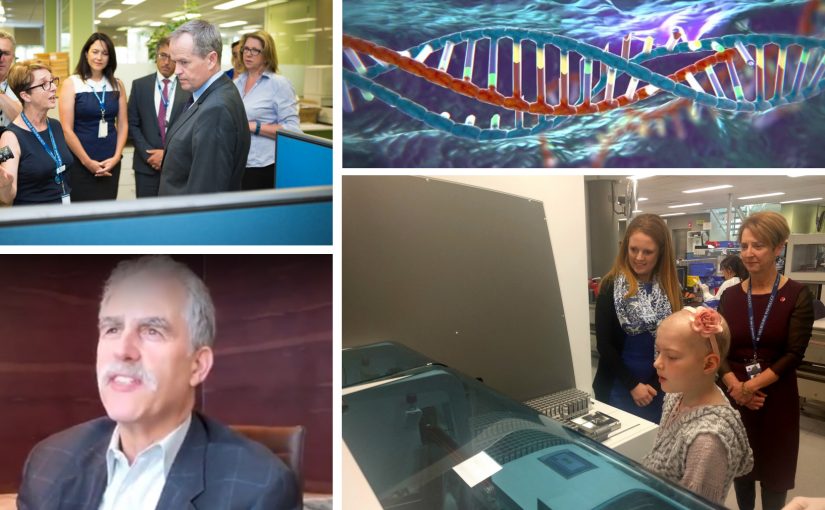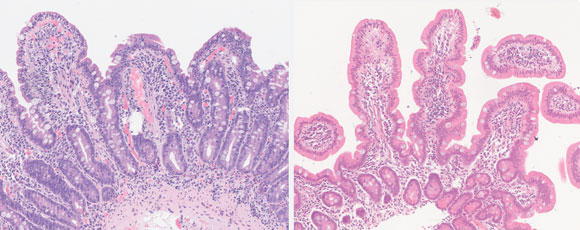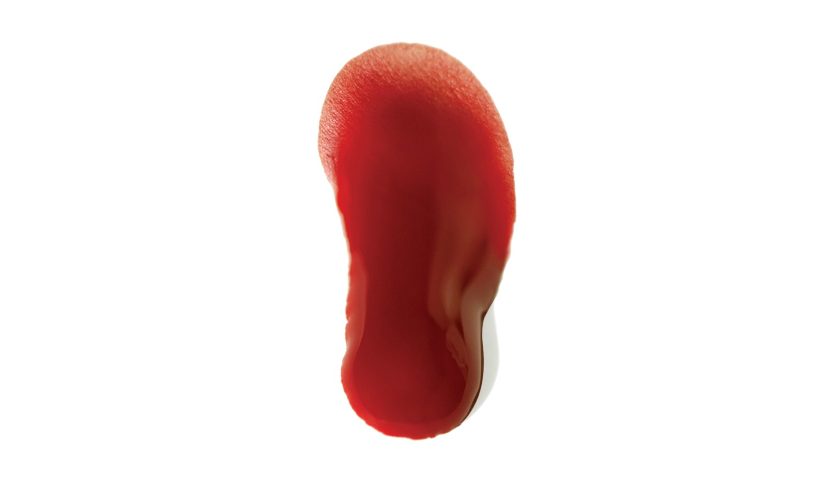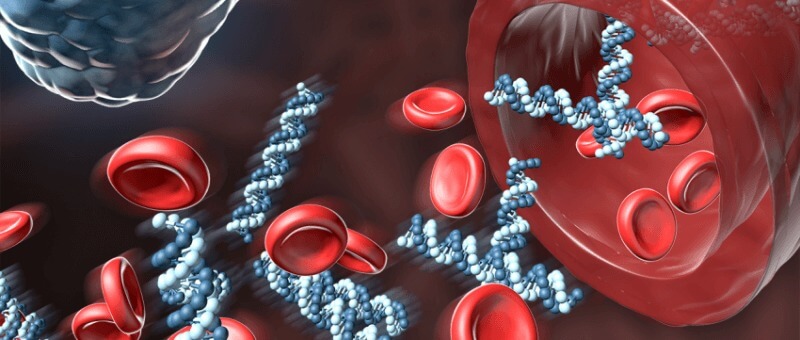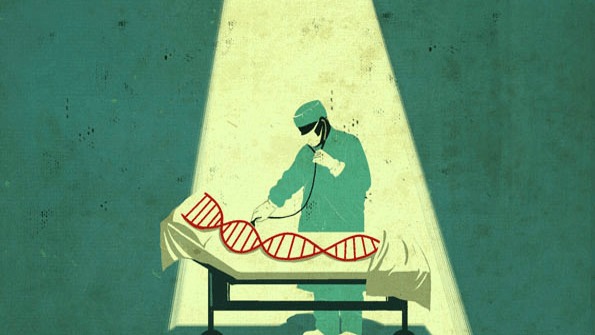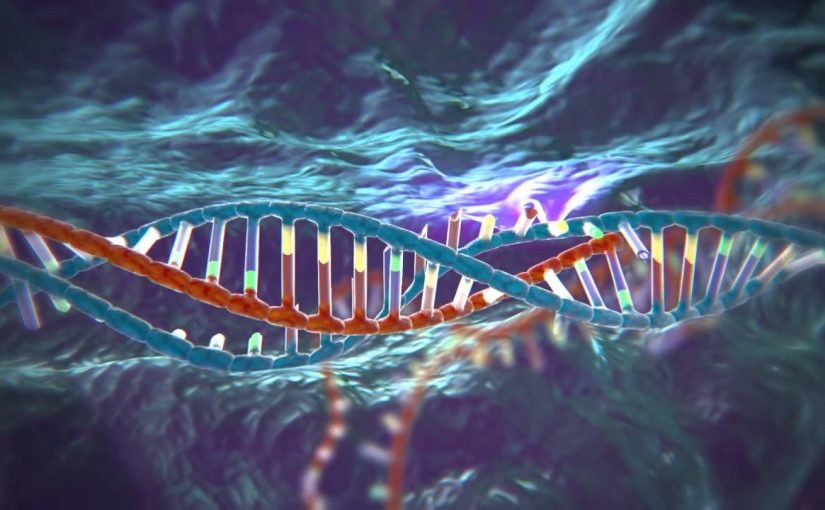Our top 5 pathology moments of 2016
We met 9-year-old Bridgette, a budding haematologist on her way to NASA.
At the age of 8 Bridgette asked for a microscope for Christmas a
If you’re eating gluten-free and have not had this test, we need to talk.
Sales of gluten-free products continue to rise in Australia. Last year CSIRO conducted a study into the trend and found that as many as 1 in
Call for submissions – Blood!
Science Gallery London in conjunction with Science Gallery Melbourne have opened calls for submissions for a new international art exhibitio
Ten unusual facts from pathology past and present
We’ve gathered together some of our favourite unusual pathology-related facts, here are ten of the best:
It may feel like collectors
From 230,000 patients to extinct in 15 years: pathology key to defeating hepatitis C
An estimated 230,000 Australians have chronic hepatitis C, and a quarter of cases are undiagnosed. Hepatitis C inflames the liver and unlike
What is the answer to ethical concerns regarding genetic research?
In 2014 Associate Professor Nik Zeps, renowned genetic pathologist and Pathology Awareness Australia ambassador, delivered a Ted Talk on t
DNA mapping: towards “A universal cancer test”
The chances are you’ve seen a headline over the last month along the lines of “Universal cancer test breakthrough”. But what is the te
“Barely a week goes by that we don’t come across something new” – pathology at the forefront of research
For the first time in Australia, whole genome sequencing is available, offering hope to Australian families affected by rare, genetic condit
CRISPR: the gene-editing revolution beckons
With potential applications in everything from gene therapy, drug research and diagnosing viruses Clustered Regularly Interspaced Short Pali

